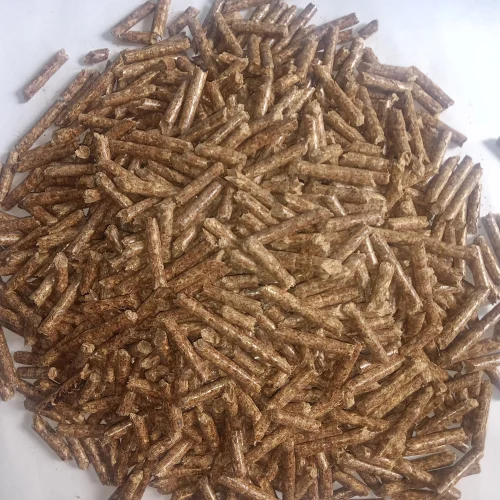Sawdust pellets are small, cylindrical or spherical compressed forms of biomass made from sawdust, a byproduct of wood processing. These pellets are produced through a process called pelletization.
Here’s how sawdust pellets are typically made:
- Sawdust Collection: Sawdust is collected from wood processing facilities, such as sawmills, woodworking shops, or furniture manufacturing plants. It is often generated as a byproduct of sawing, sanding, or shaping wood.
- Drying: Sawdust typically contains moisture, which needs to be reduced to a certain level for pelletization. The sawdust is dried using methods such as rotary drum dryers, belt dryers, or flash dryers to achieve the desired moisture content.
- Grinding: The dried sawdust is then ground into finer particles using a hammer mill or similar equipment. Grinding helps to reduce the particle size and improve the density and quality of the pellets.
- Pelletization: The ground sawdust is fed into a pellet mill, where it is compressed under high pressure and temperature through a die. The die has small holes through which the material is forced, forming dense pellets as it emerges.
- Cooling and Packaging: The newly formed sawdust pellets are cooled to room temperature to stabilize them. They are then typically packaged in bags or bulk containers for distribution and storage.





Reviews
There are no reviews yet.